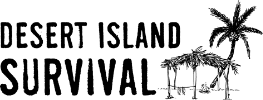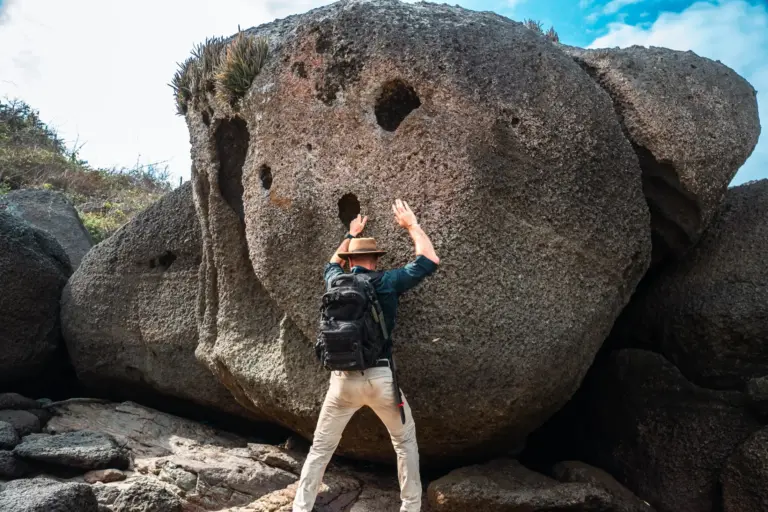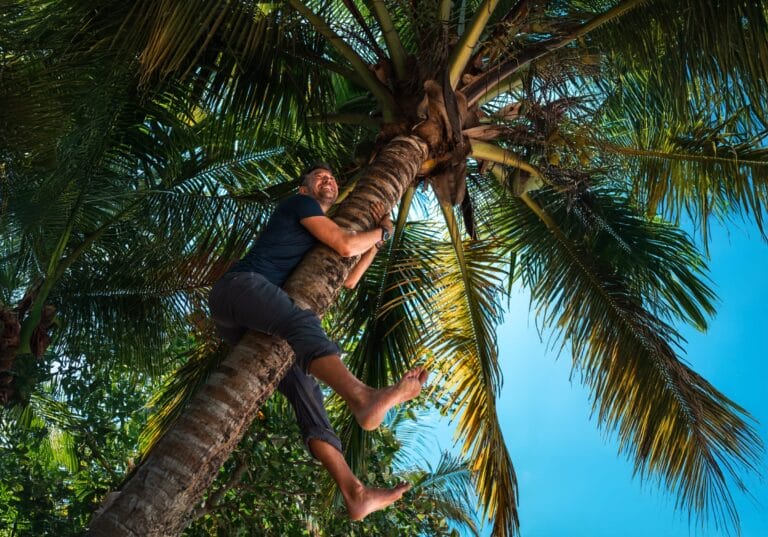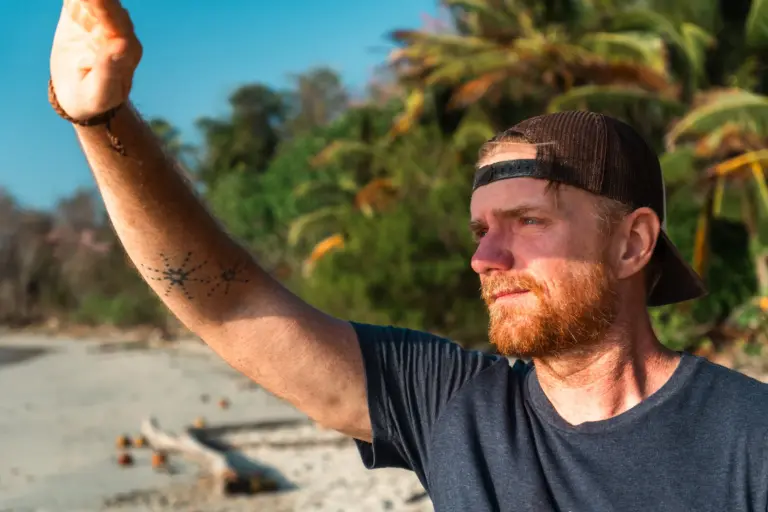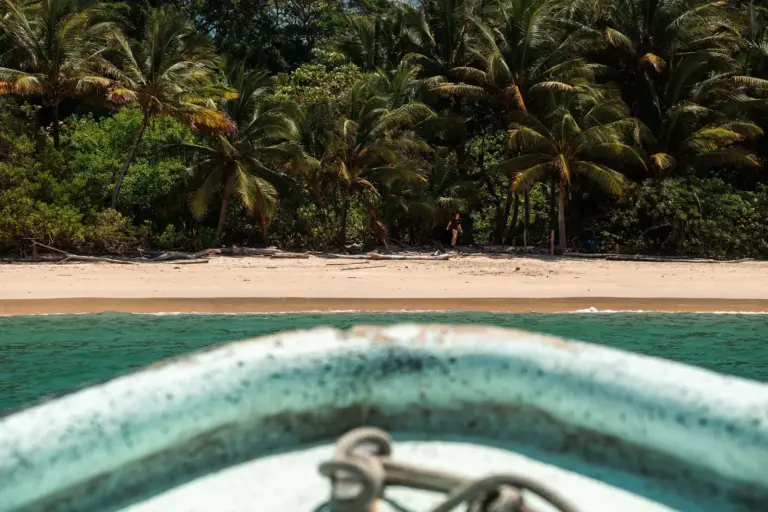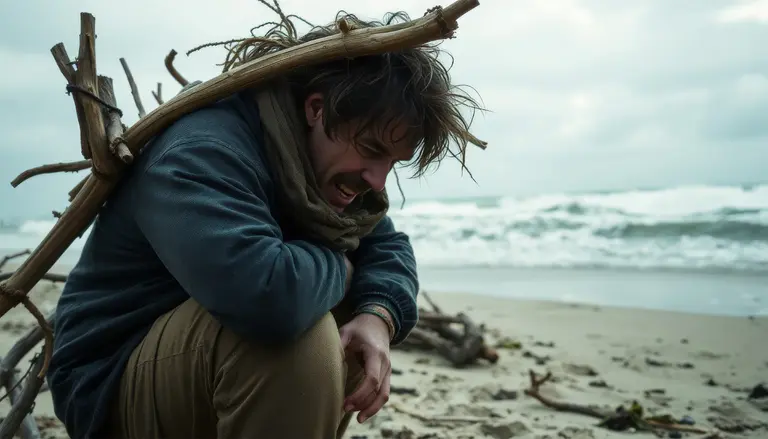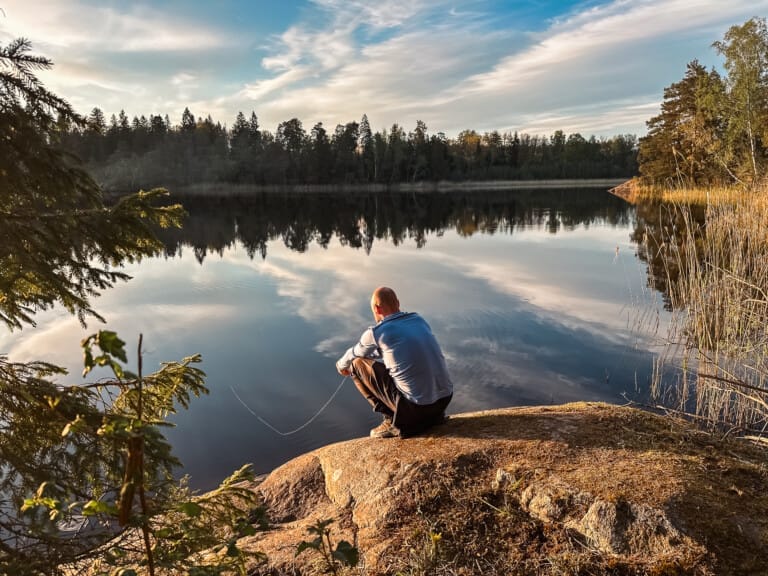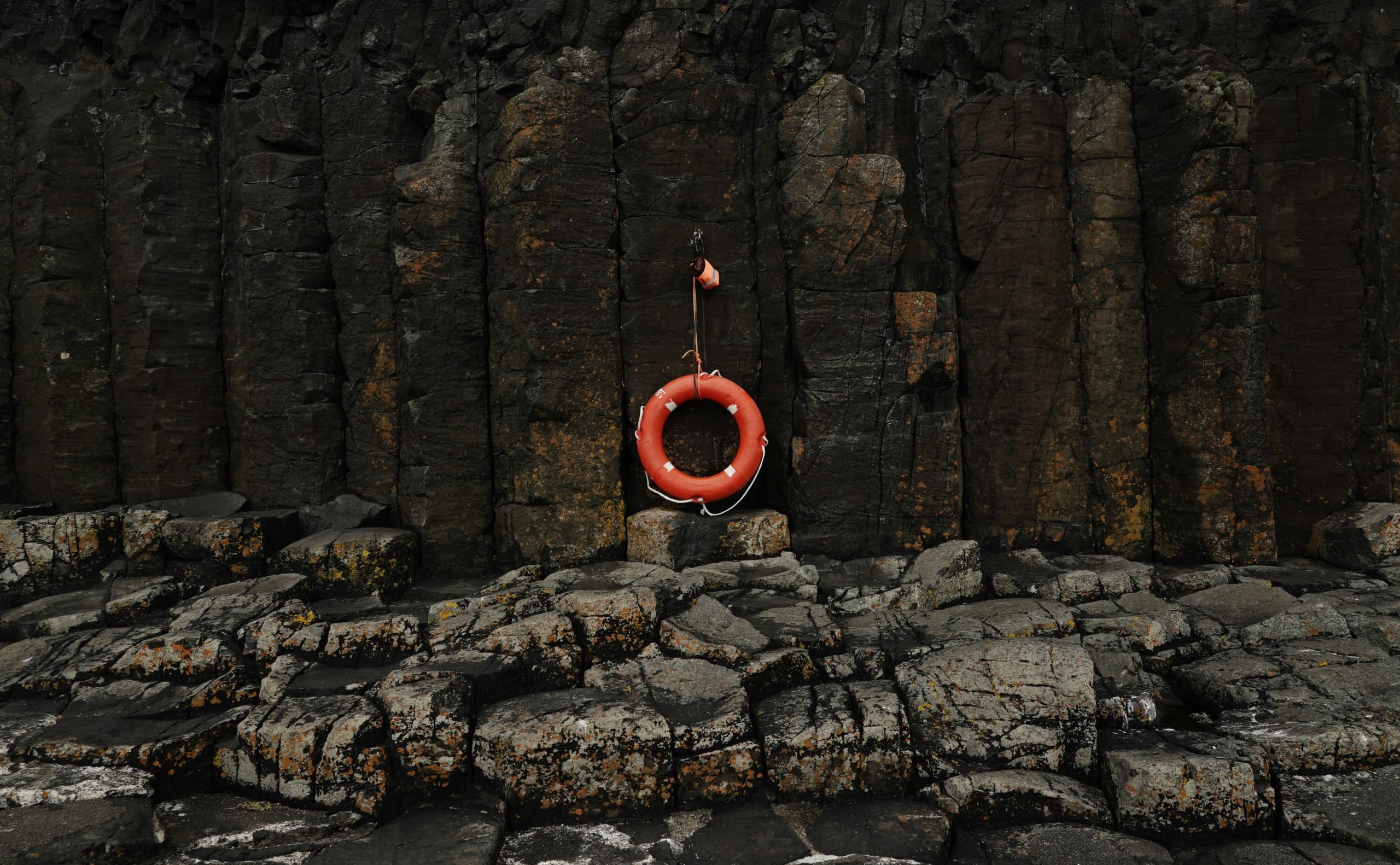
How We Keep You Safe: A Behind-the-Scenes Look at Our Adventures
Why Safety Is the Heart of Every Adventure We Run
Surviving on a desert island sounds extreme, and in certain ways it is, is there risk? Absolutely, one can not eliminate risk and nor would we want to sanitise our adventures to feel like some generic pack them in an adventure company. What we can do is mitigate risk and prepare for those worst case scenarios.
We have worked with some of the best expedition risk assessment consultants in the world who assist TV productions such as the BBC to ensure we approach risk in the most responsible way we can.
Because safety is what lets people let go. When you’re not worried about the basics—getting lost, injured, or overwhelmed—you open up. You connect more deeply with nature, with your team, with yourself. That’s the paradox: the more invisible our safety systems are, the more transformative your experience becomes.
That’s why every decision we make—every instructor we hire, every location we scout, every route we plan—runs through a safety lens first.
Heres how we do it.
What “Safety First” Means to Desert Island Survival
To many, “safety” sounds like rules and red tape. But to us, it’s what unlocks the magic. Think of it like rigging in a stunt scene: invisible, but absolutely critical.
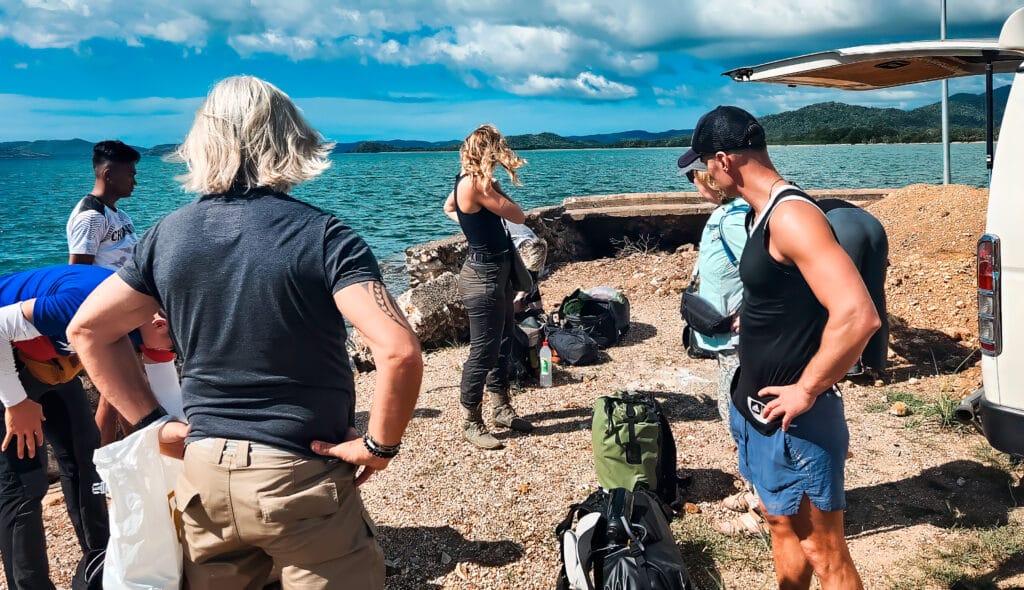
It all starts with location scouting. We’re not just taking you to any old desert island. First we need to understand the risks. From vipers to pirates, brazilian wandering spiders to coastal currents it all needs to be considered to ensure the island or forest location for that matter is suitable. We get boots on the ground, speak to all manner of locals and complete a risk assessment for each possible risk. It’s dry, yes but we need to do this in the background.
Here’s what “Safety First” looks like in our world:
- Pre-tested islands and routes. Every location has been visited multiple times under different seasonal and tidal conditions.
- Regular gear checks. Knives, comms, med kits, are all reviewed and checked.
- Evacuation scenarios. We plan for dehydration, allergic reactions, heatstroke, marine injuries—you name it. We need to know where we are going depending on what has happened.
We also know when to say “not today.” If the sea swell is unsafe for a crossing, we wait. If someone’s showing signs of heat exhaustion, we intervene. No heroics. No egos. Just intelligent decision-making that prioritises lives over logistics.
That kind of maturity isn’t glamorous, but it’s what keeps our record spotless.
The Role of Expert Guides in Your Journey
Every instructor on our team is not only technically trained but field-proven. That means:
- Minimum Wilderness First Aid certification, with most holding Expedition First Responder or higher.
- Backgrounds in real-world survival
- Field-proven experience—we’re talking hundreds of nights spent on uninhabited islands, navigating with the stars, spear-fishing dinner, and leading groups through tough terrain.
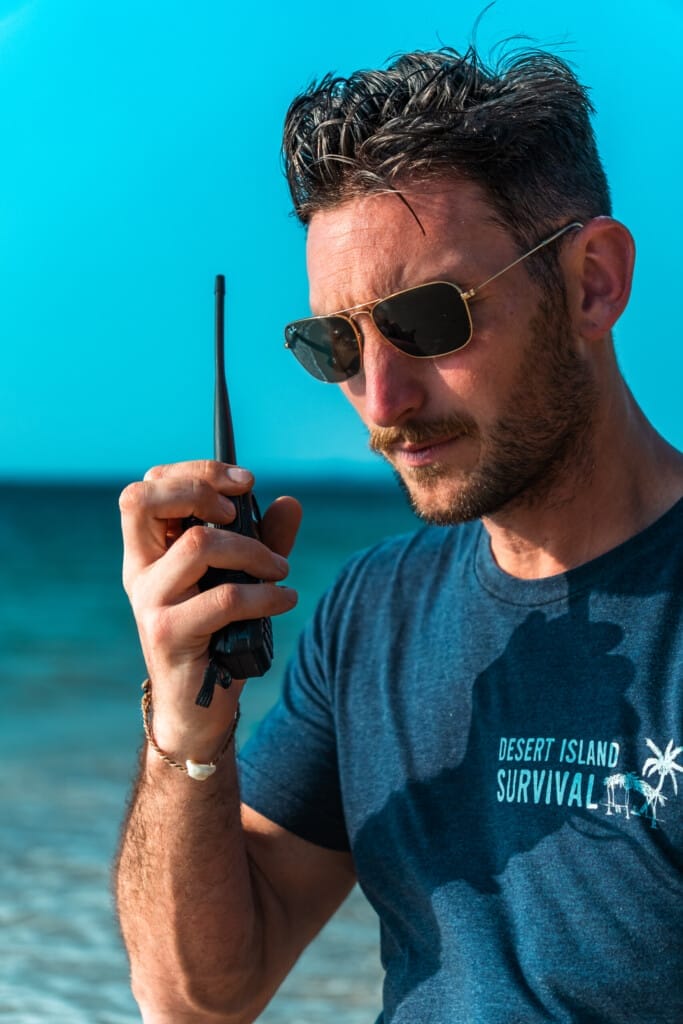
They’re not there to babysit. They’re there to hold the line between challenge and chaos. To push you when it counts—and pull you back when it matters. Think of them as your safety net, compass, and wise jungle whisperer all rolled into one.
Meet the Team Behind Your Safety
Let’s be blunt: not all “survival instructors” are created equal.
Ours aren’t guys who took a weekend course and ordered some gear off Amazon. These are professionals who’ve trained hundreds of hours and led survival TV shoots.
Each one is handpicked for their rare combo of deep field knowledge, global safety standards, and emotional intelligence. Being able to read a storm is just as important as reading the mood of a struggling teammate.
They know the terrain intimately—from tide timings to the shape of local reefs. They know how to lead without ego, how to teach without patronising, and how to de-escalate a freakout under pressure.
You’re not just safe. You’re in the best hands possible.
Before You Arrive: Pre-Trip Planning and Participant Prep
Our safety system starts before you even pack a bag.
1. Medical Screening
We ask the right questions—privately, respectfully—to understand your current health, history, and physical capacity. From allergies to pre existing condictions
No one gets blindsided on the trail. If someone needs a tailored pace, we plan for that.
2. Kit Guidance
We don’t leave you to figure out what to pack while doom-scrolling gear blogs. We send you a crystal-clear packing list, with a breakdown of what we supply (all the critical kit) and what you’ll need to bring (personal items, clothing, etc.).
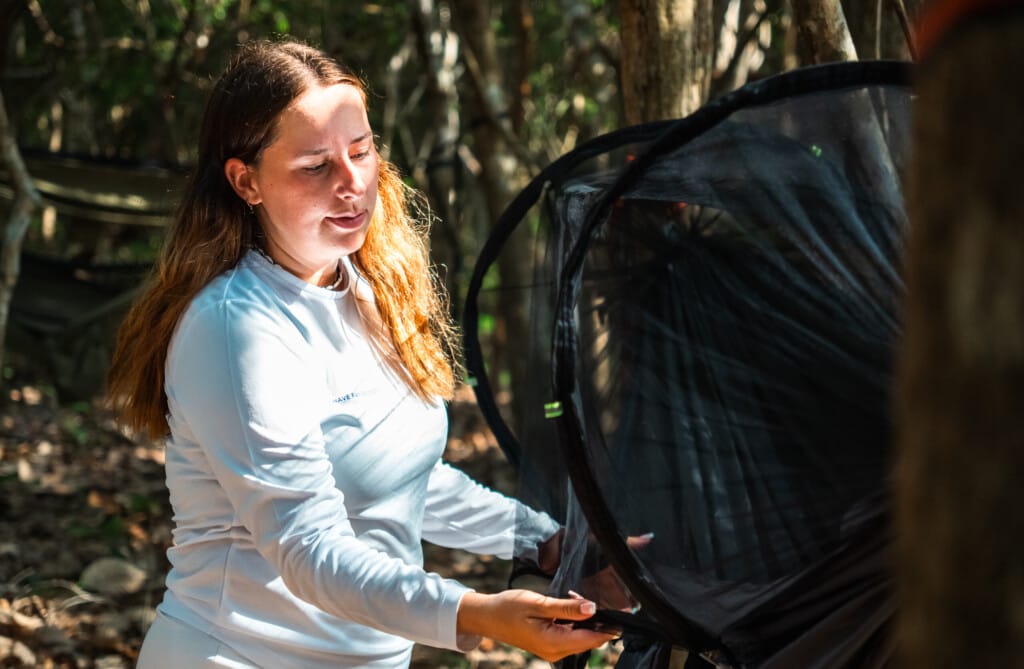
3. Pre-Trip Support & Communication
This isn’t a faceless booking system. From the moment you sign up, we’re in your corner. Every participant is invited to a dedicated WhatsApp group for last-minute updates, packing tips, and general Q&A—whether it’s about flights or fire-starting.
Prefer a more personal touch? We offer optional 1-on-1 calls before departure. Whether you’re nervous, curious, or just want to talk through the details, we’re here to help you arrive confident and ready.
What Happens in the Wild: On-the-Ground Protocols
This is where the prep becomes presence. Our safety net shifts from quiet theory to daily practice.
Here’s what’s always in place:
- GPS tracking for lead instructors
- Satellite communication via InReach or Garmin devices
- 24/7 Doctor on call on the Satellite phone if required.
- A comprehensive medikit to allow us to treat on site a whole of common conditions.
- Tide and weather checks daily using local systems and global data
Well drilled and robust evacuation strategy - Backup food and water filtration systems
- Morning briefings & evening check-ins to monitor health, morale, and group cohesion.
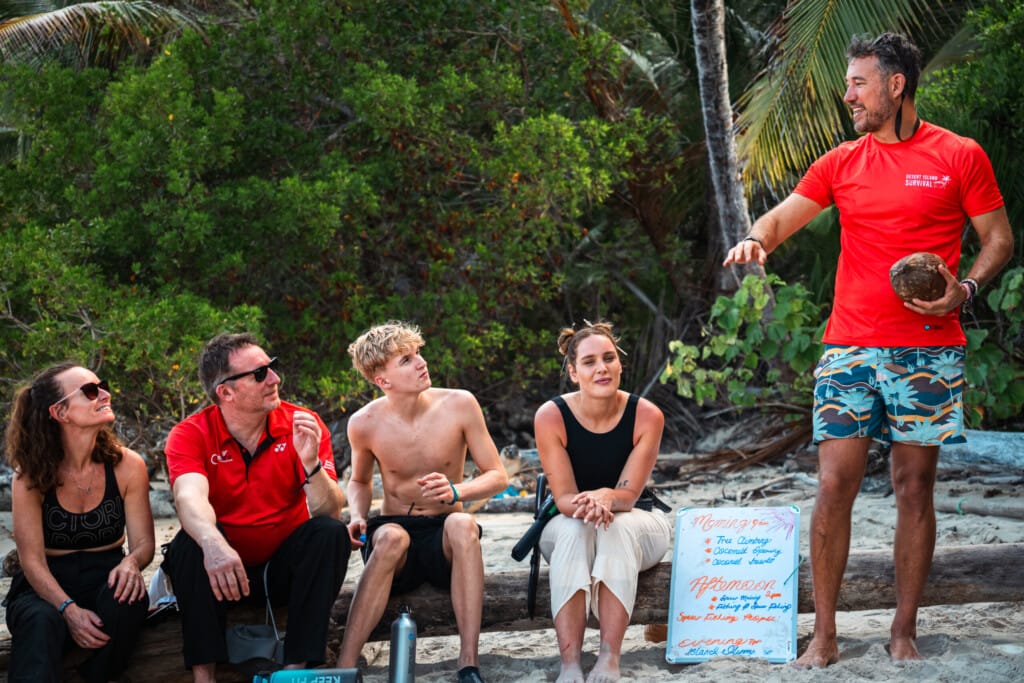
We also track soft signals: fatigue, sunburn risk, hydration levels, fatigue and psychological stress. Because out here, it’s not always the big injuries that sideline someone—it’s the cumulative little things that creep in.
Our instructors are trained to notice before anyone else does.
Risk Doesn’t Mean Recklessness
Too often, people confuse the two. Risk is a lever. Recklessness is a gamble.
Our philosophy: simulate risk, control the variables. That might look like:
- Navigating at dusk along jungle paths or beaches, but only on familiar, pre-scouted routes with a rear guide.
- Fishing from rocky shorelines, but after tide timing checks and barefoot bans.
- Knives are used daily, but with mandatory safety briefings, clear technique coaching, and enforced “blood bubble” zones to protect everyone within range.
- Coconut cracking or machete work, but under supervision and with clear training and enforced safety protocols.
We want the feeling of risk without the fallout. It’s a challenge—without the cliff edge.
Participant Empowerment Through Knowledge
From day one, you don’t just follow instructions—you learn why those instructions exist.
You’ll learn:
- How to assess natural hazards like tides, currents, heat, and dehydration
- The basics of psychological resilience under fatigue and stress
- Emergency skills: catastrophic bleed, wound dressing, basic navigation, radio comms
- Risk analysis: when to push, when to pause, and how to make those calls confidently
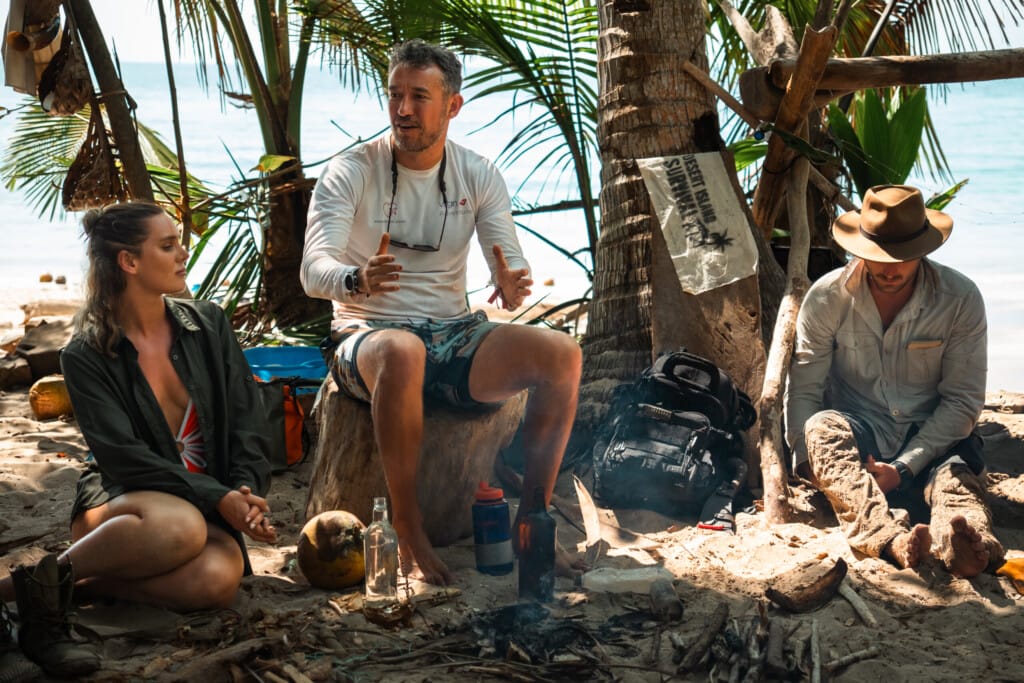
These skills don’t just stay on the island. They come home with you—and make you a stronger, safer human anywhere outdoors.
Essential Safety Tips for Every Adventurer
Even outside of our programs, these rules apply:
- Check weather conditions daily—and not just at your start point
- Hydrate smarter—tropical climates dehydrate you faster than you realise
- Layer with synthetics or wool—ditch the cotton
- Keep a headlamp and emergency blanket on you always
- Tell someone your plans and check-in times
Pack for contingency—not just comfort!
How We Evaluate and Improve Our Safety Practices
Our team is obsessive with learning.
After every trip, we gather:
- Participant feedback (anonymous and direct)
- Gear assessments
- Instructor observations
- Post-trip debrief reports highlighting what worked and what didn’t
- Incident response checks (even if nothing happened)
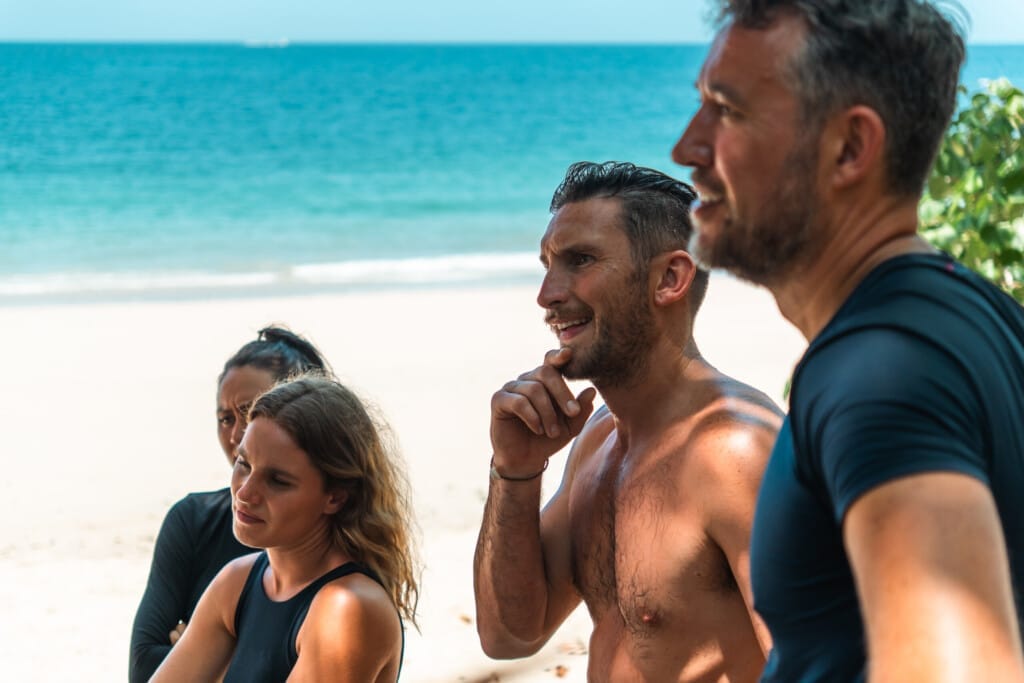
This data drives internal reviews. We adapt protocols to fit terrain, participant trends, and evolving best practices. We also test new gear, build relationships with emergency services, and even rehearse evacuation scenarios.
If there’s a better way to keep you safe—we’ll find it.
FAQs: Staying Safe While Getting Wild
Q1: Will I be left alone?
No. We are still on the island within visual or radio contact during any high-risk activity.
Q2: What if I have an anxiety or panic moment?
Our team is trained in de-escalation and psychological first aid. You’ll never be left to “tough it out” alone.
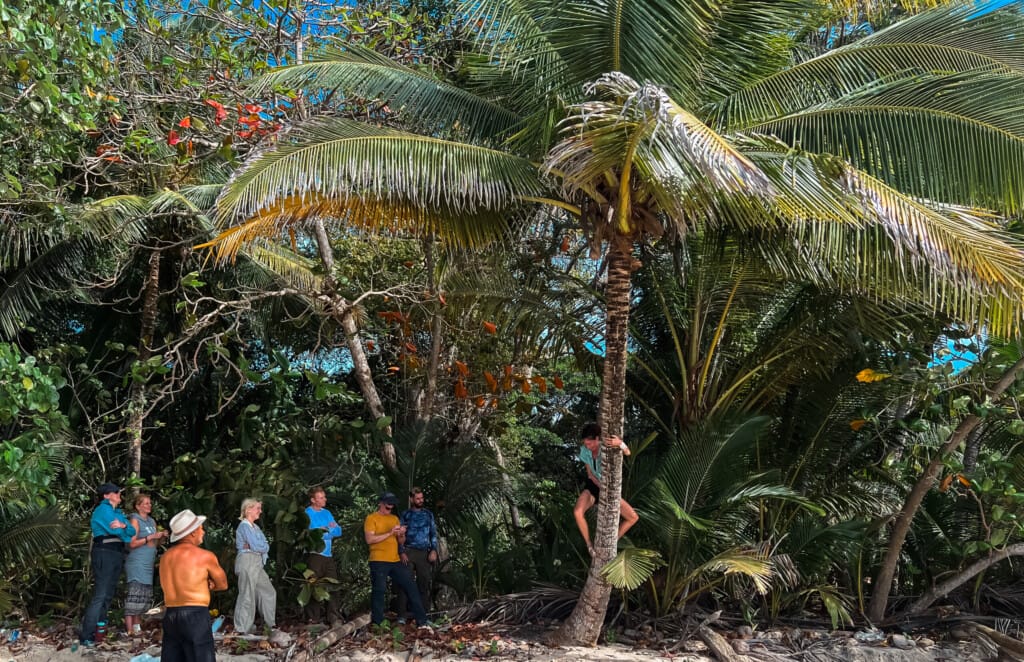
Q3: Are the locations secure?
Yes. We vet all sites for stability, shelter potential, and safe wildlife interaction.
Q4: What happens if I get injured?
We stabilise, assess, and evacuate if necessary. Our comms are live 24/7 during the trip.
Q5: What’s the weather backup plan?
We track weather in advance and daily in the field. Plans adapt quickly and safely.
Q6: I’m new to this. Will I slow others down?
Absolutely not. Every program is paced for group success—not personal ego.
Final Words: Adventure is Safer Than You Think
Adventure isn’t the absence of risk—it’s about managing it.
And when safety is handled properly you have space to learn and challenge yourself.People push harder. They feel stronger. Because they know they’re held—not coddled, but covered.
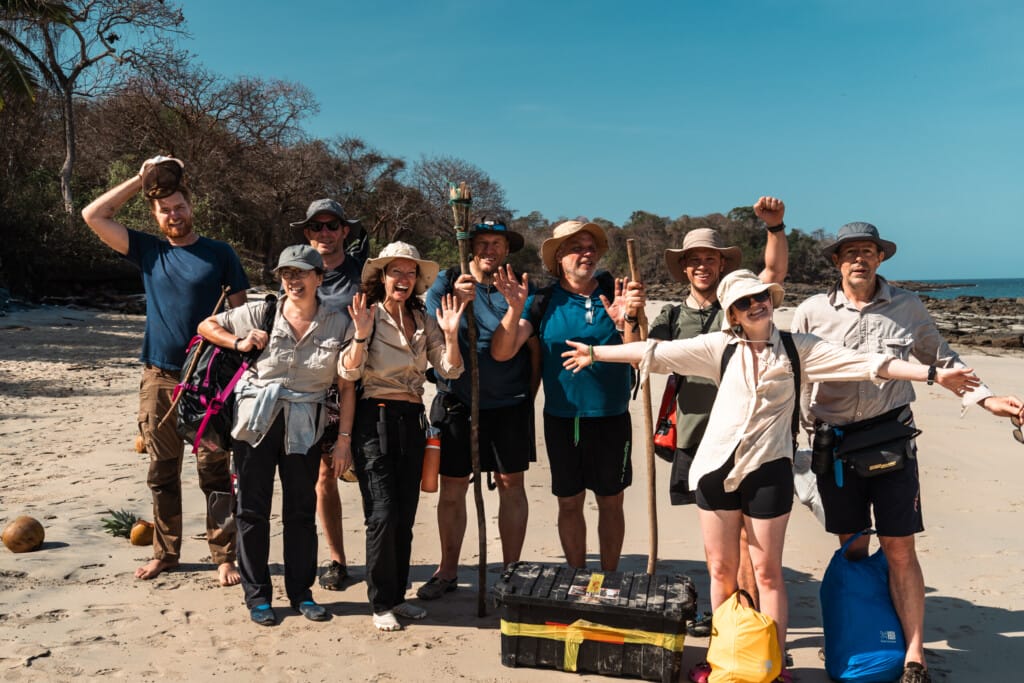
So don’t let fear keep you from what might just be the most transformative experience of your life.
We’ll handle the risk.
Ready to Get Uncomfortable—in the Safest Hands Possible?
If your gut’s been nudging you toward something wilder, more meaningful, and far from ordinary, this is your sign. Come join us on an island where discomfort meets clarity, challenge sparks growth, and safety is woven into every wild second.
Explore available expeditions
Got questions? Let’s talk tomw@desertislandsurvival.com or whatsapp
